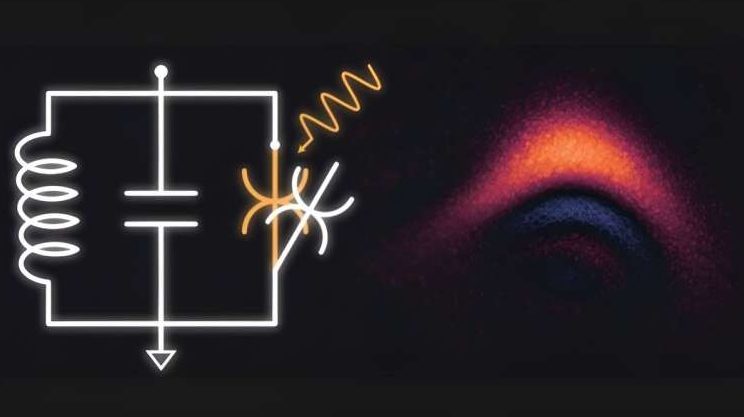Advertisements
Introduction

Quantum computing, a revolutionary technology with immense potential, has long been hindered by a significant trade-off problem. The dilemma lies in the fact that quantum systems capable of performing complex operations are highly susceptible to errors and noise, while systems that are more error-resistant are slower and harder to compute with. However, a groundbreaking system developed by researchers at Chalmers University of Technology in Sweden may offer a solution to this persistent issue.
The Trade-Off Dilemma in Quantum Computing
Errors and Noise in Quantum Systems
Quantum computers hold promise for solving problems beyond the reach of classical computers. However, they are plagued by errors and noise, often arising from electromagnetic interference or magnetic fluctuations. These disturbances cause qubits—the fundamental units of quantum information—to lose their quantum states, effectively disrupting ongoing calculations. As a result, the duration for which a quantum computer can perform computations is severely limited.
Control of Quantum States
Another critical challenge is the control of quantum states. Without an efficient control system, the potential of quantum states remains untapped, akin to a car without a steering wheel. Effective manipulation of these states is crucial for tackling complex problems.
Advertisements
The Trade-Off Problem
Quantum researchers face a significant trade-off: systems designed for efficient error correction and prolonged computation times often lack the ability to control quantum states effectively, and vice versa. This trade-off has stymied progress in the field, until now.
Chalmers University Breakthrough
A New Quantum System
A team of researchers at Chalmers University of Technology, led by Simone Gasparinetti, has developed a unique system that addresses this trade-off problem. “We have created a system that enables extremely complex operations on a multi-state quantum system, at an unprecedented speed,” says Gasparinetti, the leader of the 202Q-lab at Chalmers and senior author of the study.
Continuous-Variable Quantum Computing
The innovative system leverages continuous-variable quantum computing, which uses harmonic oscillators to encode information linearly. These oscillators consist of thin strips of superconducting material patterned on an insulating substrate, forming microwave resonators. This technology is compatible with the most advanced superconducting quantum computers.
Departure from the Two-Quantum-State Principle
Traditional qubits can exist in a superposition of 0 and 1 states simultaneously, a feature that underpins the quantum computer’s ability to perform multiple calculations at once. However, qubits are highly error-prone. The Chalmers system departs from this principle by utilizing continuous-variable quantum systems, which can occupy a vast number of states. Axel Eriksson, a researcher in quantum technology at Chalmers and lead author of the study, explains, “Think of a qubit as a blue lamp that, quantum mechanically, can be both switched on and off simultaneously. In contrast, a continuous variable quantum system is like an infinite rainbow, offering a seamless gradient of colors.”
Addressing the Trade-Off Problem
Combating the Kerr-Effect
While continuous-variable quantum computing improves error correction, its linear nature traditionally hindered complex operations. Attempts to combine harmonic oscillators with control systems like superconducting quantum systems were thwarted by the Kerr-effect, which scrambles the quantum states. The Chalmers team overcame this by placing a control system device within the oscillator, thus avoiding the Kerr-effect and solving the trade-off problem.
Achievements and Implications
The new system preserves the advantages of harmonic oscillators, such as resource-efficient fault tolerance, while enabling accurate and high-speed control of quantum states. This innovation is detailed in an article published in Nature Communications, marking a significant step towards more robust quantum computers.
Conclusion
A Paradigm Shift in Quantum Computing
The Chalmers University breakthrough challenges previous paradigms in quantum computing. By embedding a controlling device within the oscillator, the researchers managed to avoid scrambling quantum states while achieving unprecedented control and manipulation. “Our community has often tried to keep superconducting elements away from quantum oscillators to prevent scrambling the fragile quantum states. In this work, we have challenged this paradigm,” says Gasparinetti. The novel set of gate operations performed at high speed represents a significant leap forward, potentially paving the way for the next generation of quantum computers.

